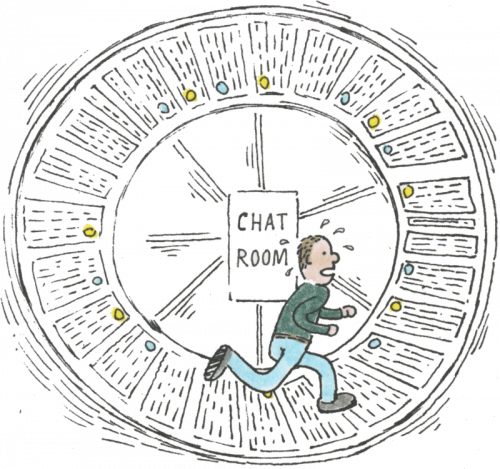Joel Spolsky wrote “Fire and Motion” blog post back in 2002, but it is as relevant today as it was 15 years ago. It’s a good read on the subject of both personal and organizational productivity.
What drives me crazy is that ever since my first job I’ve realized that as a developer, I usually average about two or three hours a day of productive coding. When I had a summer internship at Microsoft, a fellow intern told me he was actually only going into work from 12 to 5 every day. Five hours, minus lunch, and his team loved him because he still managed to get a lot more done than average. I’ve found the same thing to be true. I feel a little bit guilty when I see how hard everybody else seems to be working, and I get about two or three quality hours in a day, and still I’ve always been one of the most productive members of the team. That’s probably why when Peopleware and XP insist on eliminating overtime and working strictly 40 hour weeks, they do so secure in the knowledge that this won’t reduce a team’s output.

